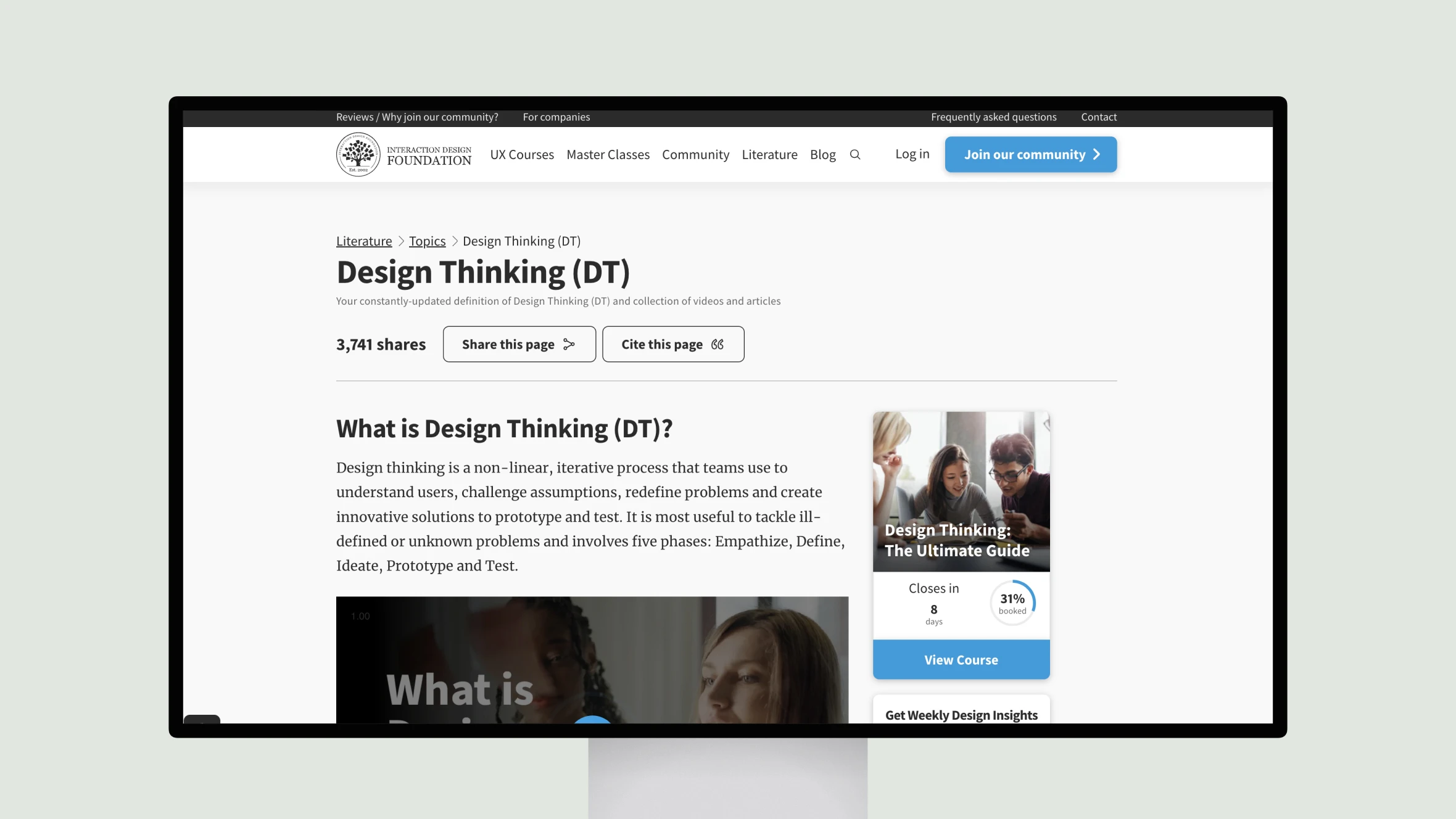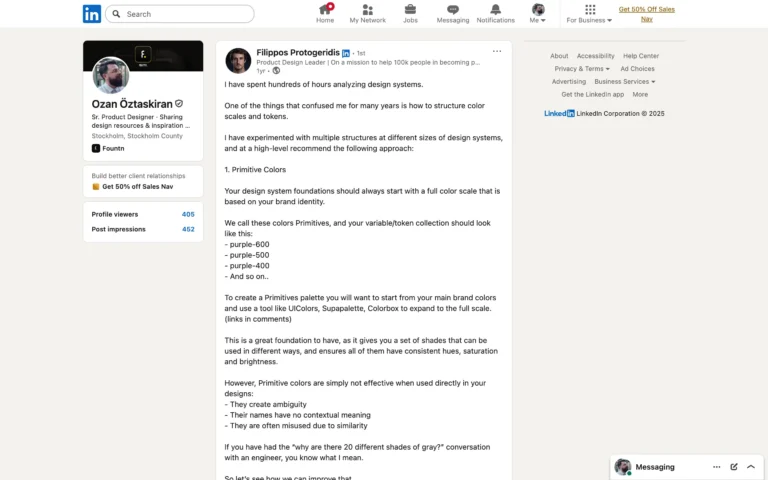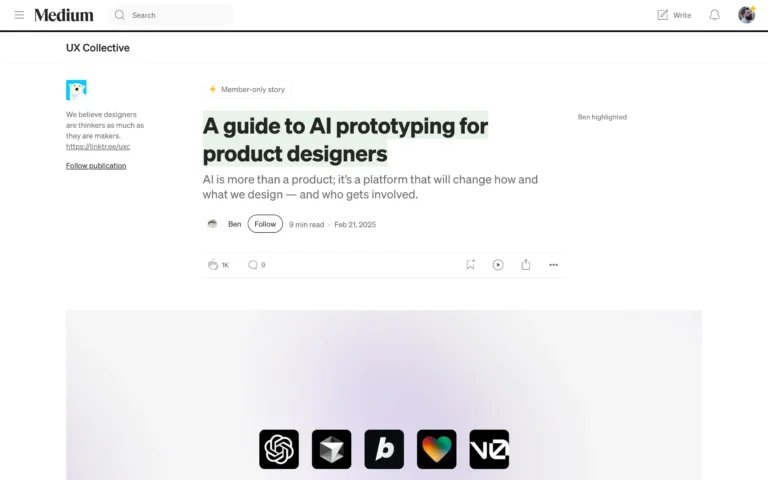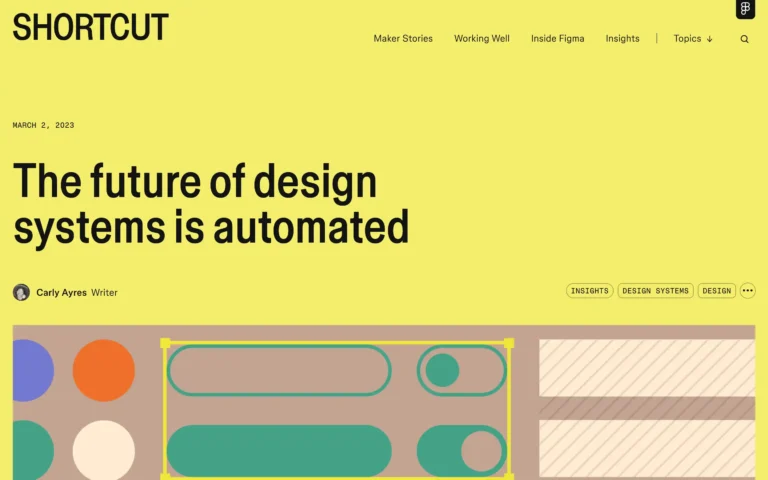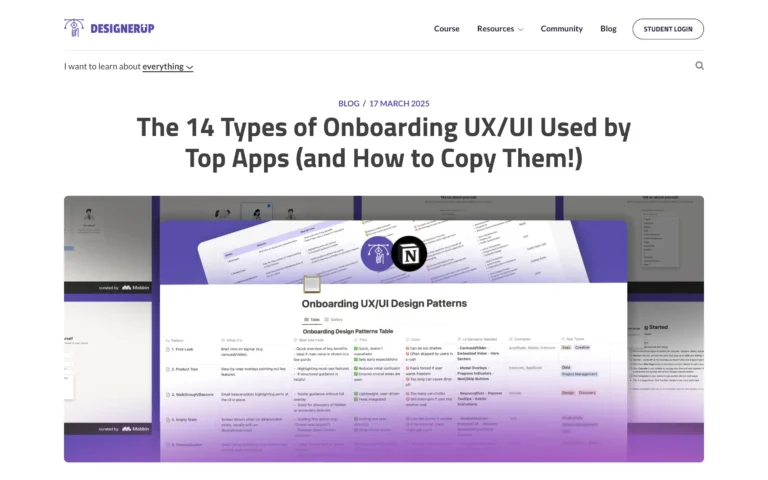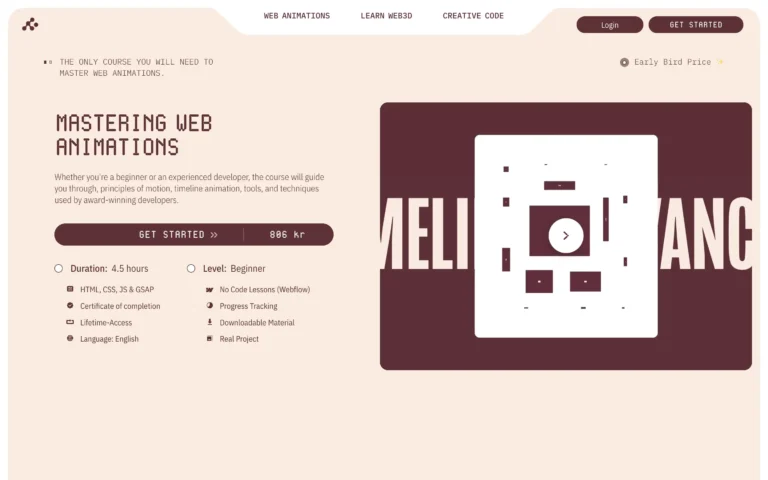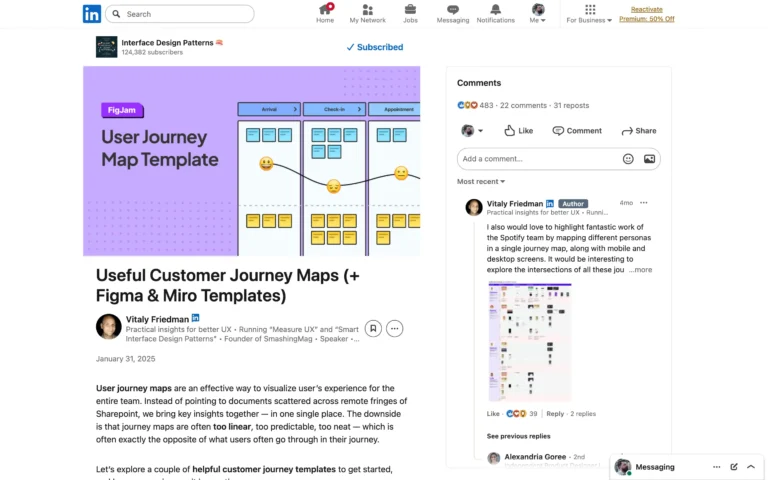Design thinking is a human-centered approach to problem-solving that has gained popularity in industries from technology to healthcare. Rather than jumping straight to solutions, design thinking focuses on truly understanding user needs through techniques like empathy mapping and user interviews.
The goal of any design thinking process is to create desirable solutions for users that are feasible to implement and viable as a business. Teams start by gaining insights into people’s wants and needs before considering technical or financial constraints. Through iterative prototyping and testing, they develop ideas that meet user needs in an achievable way.
Some key aspects of design thinking include defining “wicked problems” that have no clear parameters, using frameworks like IDEO’s five-stage model of Empathize, Define, Ideate, Prototype, and Test. Low-fi prototyping allows for quick, cheap experiments to validate assumptions.
This article provides an overview of the design thinking methodology, why it has become so popular for tackling complex challenges, and how its human-centered approach can foster innovation. It also compares design thinking to agile development and explores how companies are applying it across industries.
